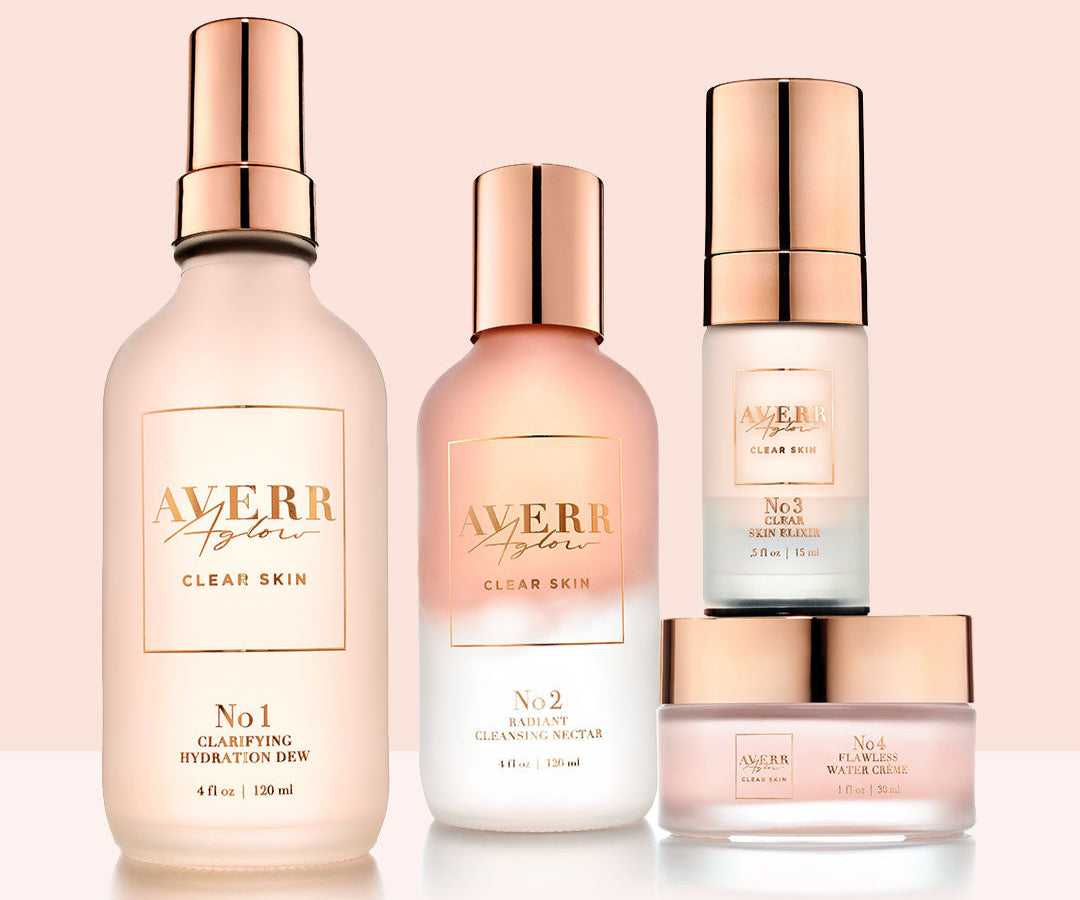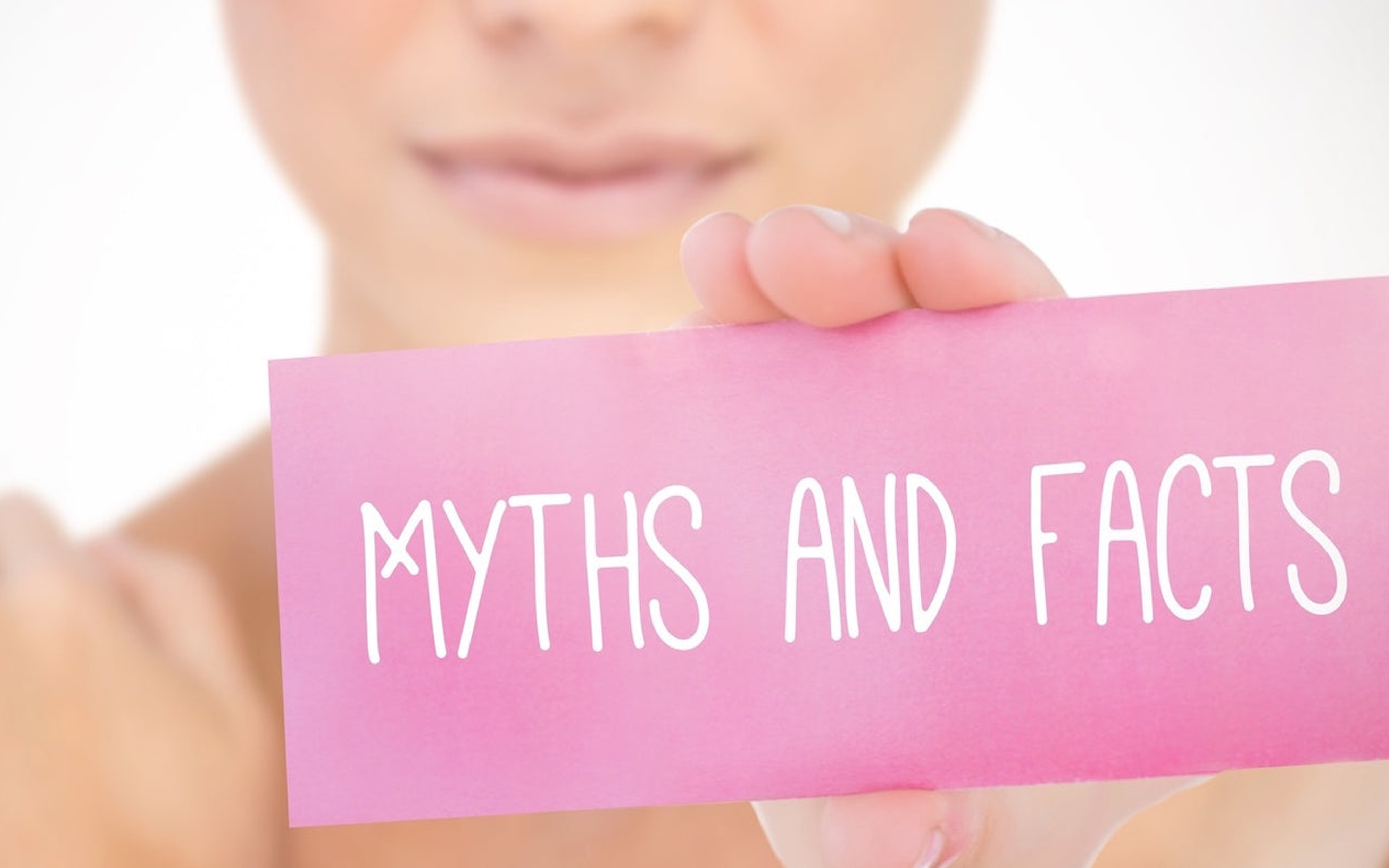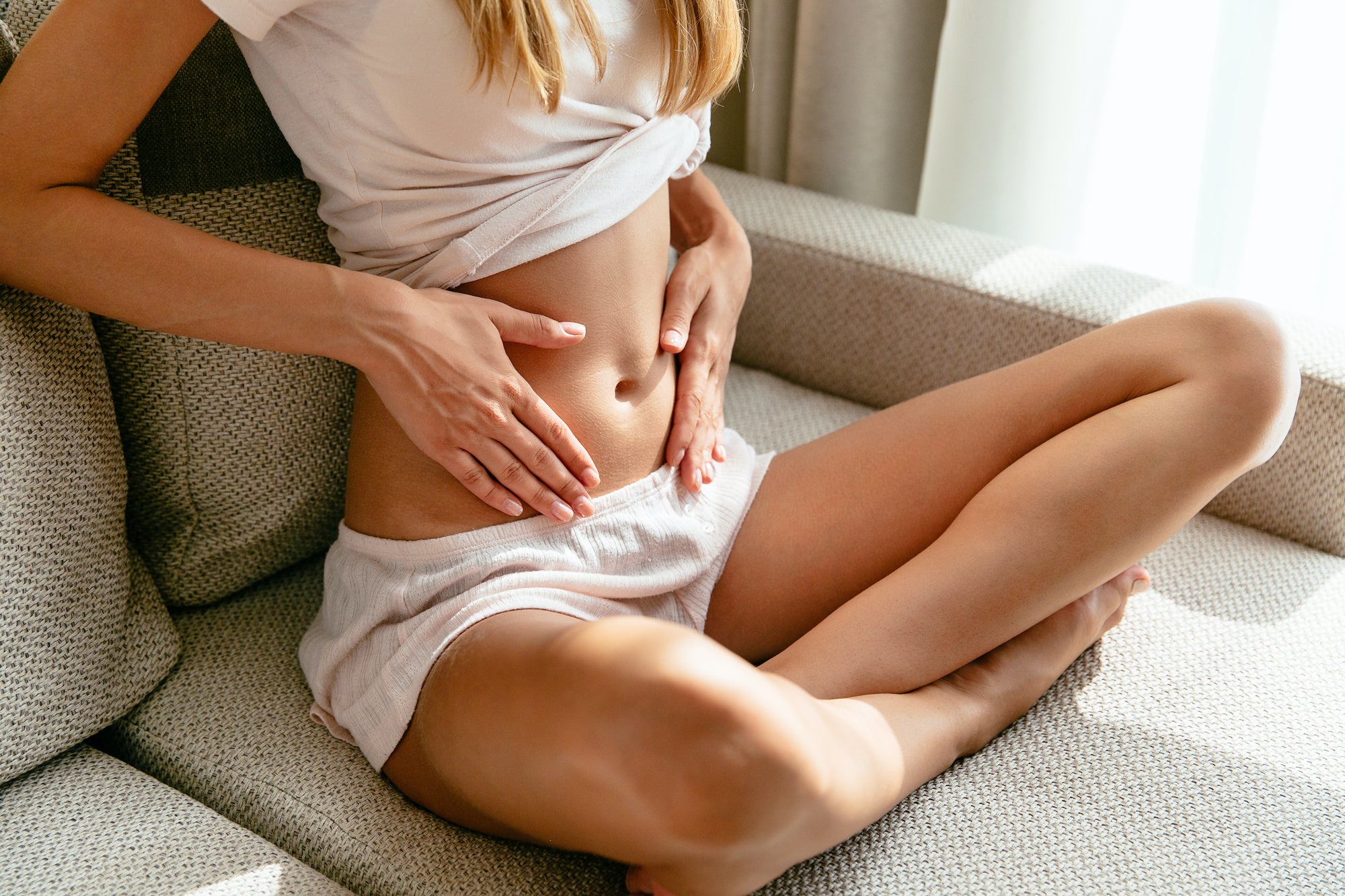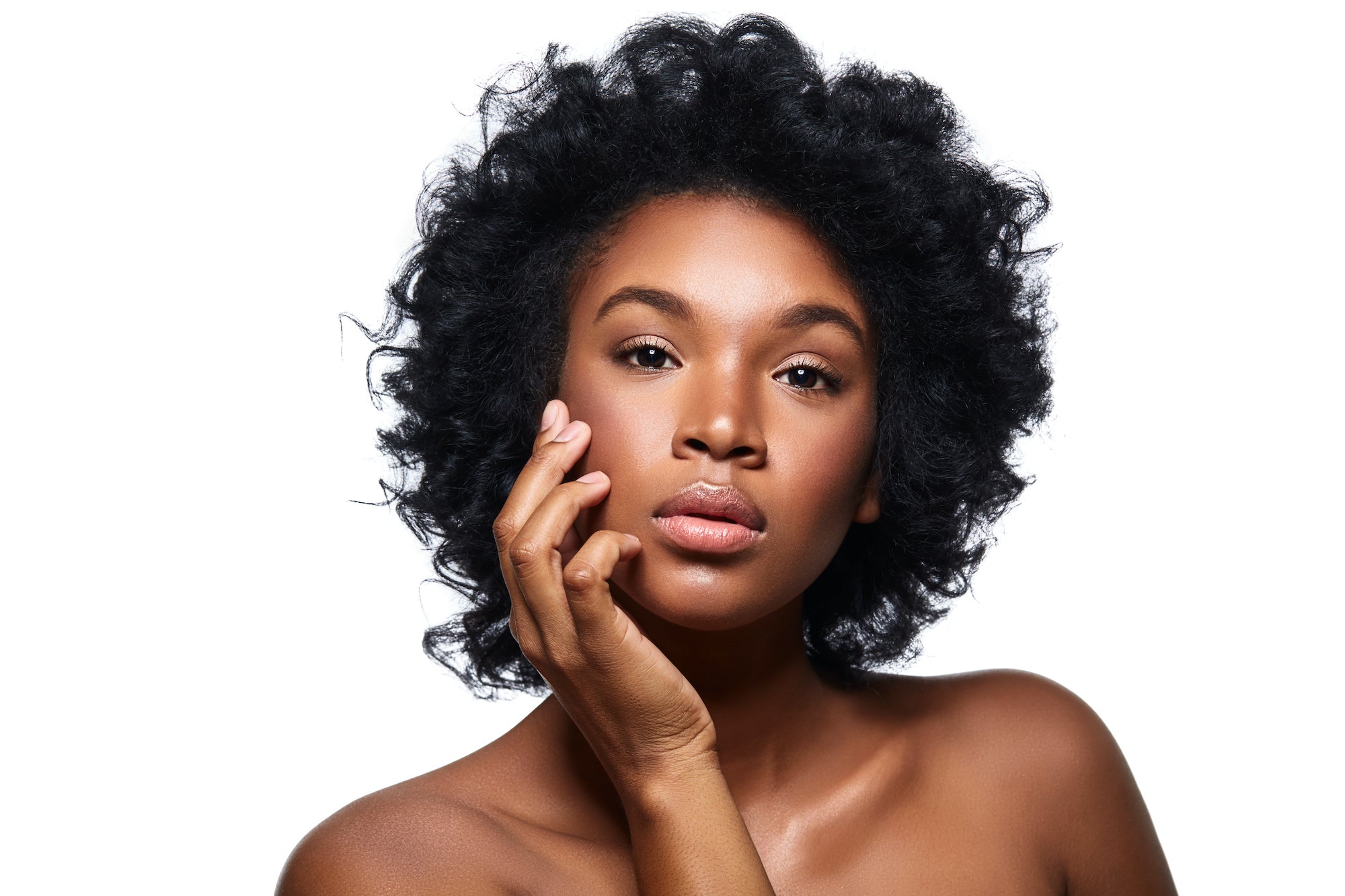
Cystic Acne Face Mapping: What it Can Reveal About Your Health
Have you ever had acne that just kept popping up in the same spot? Acne is terrible, and these are straight facts. But recurring acne is on an entirely different level.
What Is Face Mapping and How Can It Help?
I have dealt with my share of cystic acne over the years, and I know the toll it can take on your skin, self-esteem, and even the way you live your life. But, what I didn't understand was why it happened in the first place. And, that's where face mapping came in.
I soon learned that face mapping could not only help explain acne but could also aid in tracking the placement of breakouts.
Where did face mapping begin?
Face mapping can be traced to ancient Chinese practices known as mien shiang, or literally "face reading." It was often used as a way to determine what was going on in the body with the belief that whatever was happening inside would manifest on the face- almost like the MRI of the day.
While face mapping is not used in the Western world as a form of diagnosis, it is still pretty popular with estheticians and dermatologists. And here is where it gets really interesting ... face mapping for cystic acne could be just what you need.
What Each Area of the Face Tells Us
We've already established that having acne sucks big time, but when you are on your clear skin journey, recurring acne feels like a major setback. That is why it is important to use the tools that face mapping can provide to understand what the triggers are and why we need to stay away from them. So, let's take a look at the most common cystic acne breakout spots and what they mean.

1. Hairline
One of the most prominent areas for breakouts, acne surrounding the hairline is super annoying but very treatable. Sometimes referred to as "pomade acne," this type of acne is usually smaller and can be a result of what the name suggests- pomades.
If you have ever used a pomade of any kind, even just to have those eyebrows poppin', then you know that the consistency is very thick, heavy, and sometimes, even greasy. While you may consider yourself to be an extra careful person and only put the product in your hair throughout the day, it can and will get into the pores surrounding your hairline. This ultimately can lead to clogged pores and can trap the natural oils in the skin to create a zit attack. No thanx!
What can you do?
- Try a different shampoo and ensure all of the product is getting out of your pores.
- Use a different facial cleanser that can get deep into the pores and extract the gunk, like our Radiant Cleansing Nectar.
When acne appears on your cheeks, it can point to multiple underlying issues. However, one of the most predominant is environmental toxins and bacteria from direct contact. The hard truth is that many of us don’t sanitize our hands as much as we should. So, that leaves room for bacteria to easily transfer from the things we touch to our faces.
Another way that bacteria can transfer is through objects that we might place near our faces, like cell phones or even just the pillowcases you sleep on nightly.
Why phone, Why?
Both can transfer germs, bacteria, and even fecal matter to the face if not sanitized and washed often. So: Protect the face at all costs!
What can you do?
- Always wash your hands (seriously, ALWAYS)
- Make sure that you wipe down your phone often to keep it nice and sanitized.
- Ditch your phone on your next bathroom run to avoid bacteria.
- Wash your pillowcases at least once a week (scent-free detergent is the best option).
- Don't touch your face for God's sake!
2. Chin or Jawline
Next up on our face mapping expedition is the chin or jawline. Many women, in particular, will deal with recurring cystic acne in this location because it is heavily linked to hormonal changes in the body.
Whether it be our monthly friend, your period (who I like to call Little Red Riding Hood), or any other hormonally induced situation, like PCOS, endometriosis, or menopause, hormones can seriously affect our skin.
How does it work?
When hormones surge (like when our period comes), it can cause an overstimulation of the oil glands, which can lead to clogged pores and breakouts.
So, even though you cannot control your hormones, you can consult with your physician to examine anything that could affect them, like certain medications.
Another factor to look at is what you eat. Now before you get too nervous, a few simple changes are all you need! Take a look at your diet and see if cutting back on processed foods positively affects your breakouts.
So for those of you who are huge on happy hour or having those late-night snacks, I suggest dialing it back just a little, K?
What can you do?
- Get your hormones checked for imbalances and speak with a physician about any methods that could help.
- Eat Omega-3s, fresh fruits, and veggies. These can seriously support the health of your skin cells.
3. T-Zone
For this area, there are two main reasons for breakouts :
- Digestive issues
- Stress
These two have been known to be the leading cause of all breakouts. And, that is why dermatologists recommend flushing out toxins by beefing up your water intake, which can aid big time in the digestion process.
As for stress, dermatologist, Dr. Roshini Raj, recommends "sleeping at least seven hours a night" because this will alleviate some of the undue pressure put on the body by fatigue and help the skin.
What can you do?
- Drink water and then drink some more water.
- Start cutting back on sugary and overly processed drinks.
- Make getting the right amount of sleep your priority.
- Consult with your doctor about the right probiotic for your gut health
Bonus Info! Back, Arms, and Thighs
Ok, ok, ok...so this is not exactly a part of the face, but consider this bonus information. Many of us deal with acne predominantly on our backs, arms, and thighs (not to mention those unsightly, and I mean unsightly, inner thigh bumps), but we don't know how to get rid of it.
This type of acne that plagues the back, arms, and thighs can be because of irritation. Dr. Raj explains that a person who deals with body acne should "reduce pressure from carrying a backpack or purse, which can cause friction that causes acne. Wear clothes that are clean and not too tight. [And] evaluate shower gels and soaps, body lotions, laundry detergent, and sunscreen for pore-clogging ingredients..." These are tips that we can all use on the daily!
The Bottomline
Now that was a lot to digest, I know! But, the truth is that face mapping is just another tool to help you consider all of the factors that could be causing your acne. From not getting enough sleep to hormonal imbalances, everything matters when you're trying to get clear skin. Maintaining a healthy life + Brilliant natural products = Many happy clear skin days!
